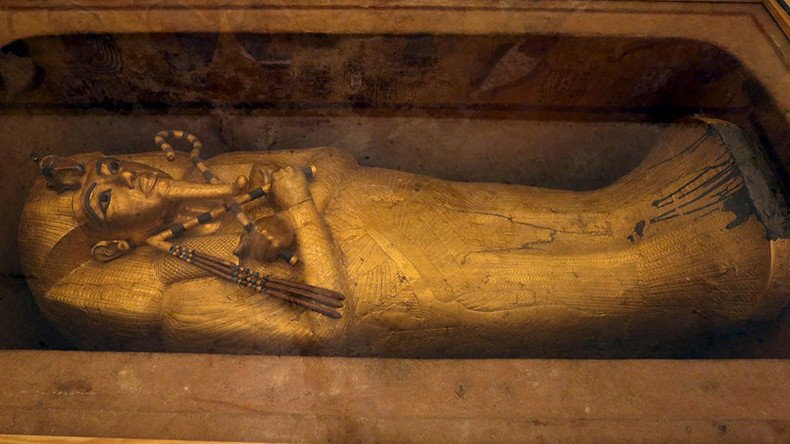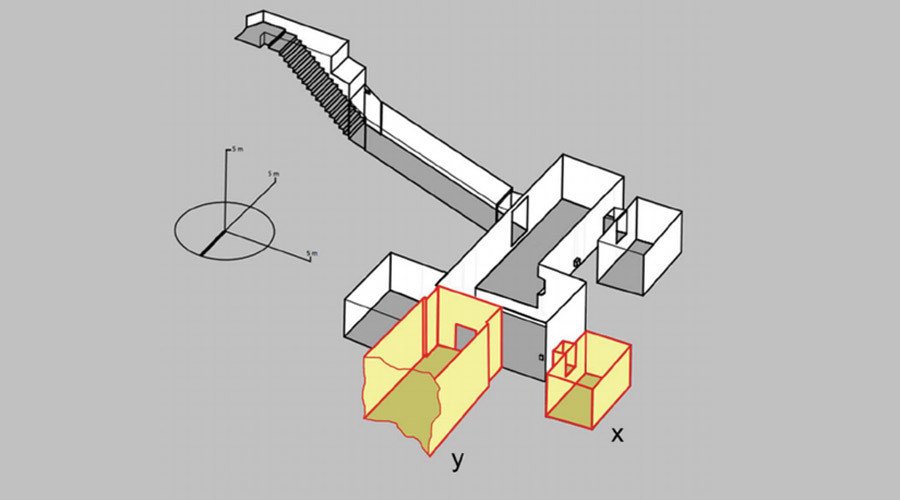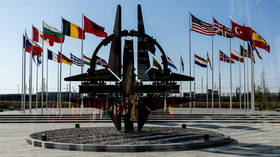‘Discovery of the century’: Search for secret King Tut chamber to take place this month

The tomb of King Tutankhamun has long been shrouded in mystery, but a team of Italian researchers hopes to unravel it by using advanced ground penetrating radar to uncover potential new treasures.
The search for a secret chamber in the tomb in Egypt’s Valley of the Kings will recommence later this month, when a team from the Polytechnic University of Turin will scan the burial site and surrounding area.
Three radar systems with frequencies from 200Mhz to 2GHz will be used to scan depths of up to 32 feet (10 meters) in the hope of unearthing the hidden tomb and any potential treasures inside.
“Who knows what we might find as we scan the ground,” Franco Porcelli, the project’s director told Seeker, adding “it will be a rigorous scientific work and will last several days, if not weeks.”

The expedition is part of a wider study which hopes to completely map the ancient resting place of the Egyptian Pharaohs and is the third time researchers have probed the 3,300 year old tomb in the past 2 years, searching for the elusive resting place of the fabled boy king’s mother.
#Space blade: King Tut’s dagger made from #meteorite, X-ray spectrometry finds https://t.co/gEjUvEcO9Q#Tutankhamun
— RT (@RT_com) June 2, 2016
In 2015, British Egyptologist Nicholas Reeves claimed the hidden chamber contains the remains of Queen Nefertiti who, along with her husband and father of Tutankhamun, pharaoh Akhenaten, led a religious revolution in the ancient kingdom.
READ MORE: Queen Nefertiti’s tomb still intact next to Tutankhamun’s, claims leading archeologist
“If digital appearance translates into physical reality, it seems we are now faced not merely with the prospect of a new, Tutankhamun-era storeroom to the west; to the north appears to be signaled a continuation of tomb KV62, and within these uncharted depths an earlier royal interment – that of Nefertiti herself, celebrated consort, co-regent, and eventual successor of pharaoh Akhenaten.” Reeves said at the time.
Colorful 3,000yo #mummy discovered ‘in very good condition’ in #Luxor, Egypt https://t.co/54vBL7KXit
— RT (@RT_com) November 15, 2016
Later in 2015, Japanese radar specialist, Hirokatsu Watanabu, conducted further scans of the area echoing the findings of Reeves. This led Mamdouh Eldamaty, Egypt's former antiquities minister, to say that there was a "90 percent chance" that King Tut's tomb concealed two chambers. Then, in 2016, Eldamaty went on to say that “it could be the discovery of the century.”
While a number of experts have argued against the theory that the chambers house Nefertiti, Porcelli and his team have said this will be “the final investigation” and that they will “provide an answer which is 99 percent definitive."













